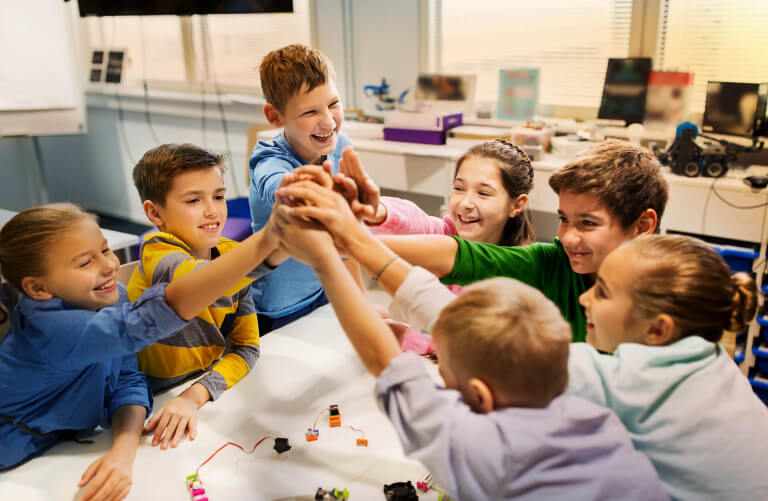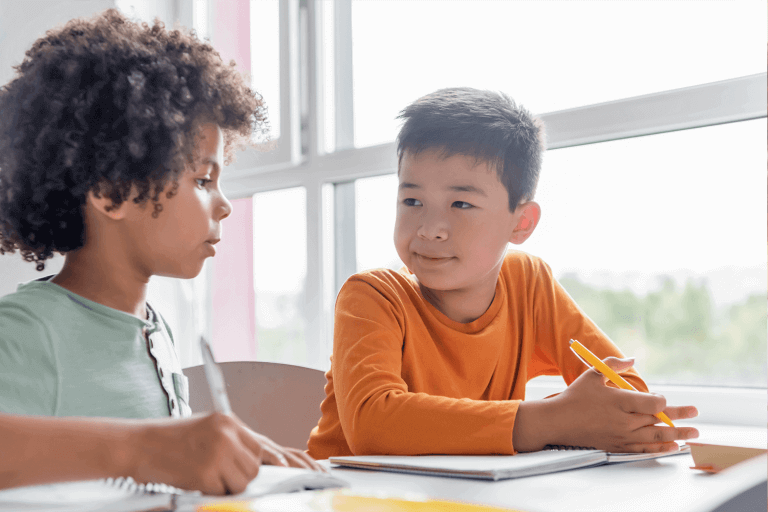
Bilingual Education in Latin America: Challenges and Strategies for Success
Bilingual education is rapidly expanding across Latin America, driven by the need for students to master English and become global citizens. However, bilingualism in this region presents unique challenges and opportunities. How can educators ensure that students not only learn a second language but also preserve their cultural and linguistic heritage? In this blog, we explore the current landscape of bilingual education in Latin America, the challenges faced, and effective strategies for teachers.
Bilingualism in Latin America: A Complex Landscape
Bilingualism in Latin America goes beyond the traditional English-Spanish framework. The region is home to a rich variety of indigenous languages, adding complexity to the development of bilingual programs. Effective bilingual education in Latin America must acknowledge and incorporate these heritage languages, ensuring that students can thrive in both global and local contexts.
The challenge for many schools is to integrate English into the curriculum without diminishing the role of students’ native languages. This requires thoughtful planning and a commitment to creating a balanced bilingual environment, where both languages are valued and given space to develop alongside each other.
A Balanced Approach to Bilingualism
A key question in bilingual education is: How can we maintain a balance between two languages? In Latin America, schools must decide whether to add English as a secondary language or implement programs that foster true bilingualism, where both languages are integrated into the educational experience.
Bilingualism shouldn’t be about replacing one language with another. Instead, both languages should be seen as interconnected. Research shows that languages interact within the brain’s central processing system, meaning that learning in one language can strengthen cognitive abilities in the other. This concept, known as Common Underlying Proficiency, highlights the importance of developing both languages simultaneously.
The Power of Translanguaging
Translanguaging is a powerful tool in bilingual education, where students fluidly use both languages to navigate their learning. This strategy allows them to draw on their full linguistic knowledge, switching between languages as needed to understand and express ideas. Translanguaging is no longer seen as a barrier to language learning but as an effective way to deepen comprehension.
Teachers can encourage translanguaging by creating an environment where using both languages is a natural part of learning. For example, students can learn concepts in Spanish and then apply them in English, reinforcing their understanding of both languages.
Beyond Language: The Cognitive Benefits of Bilingualism
Bilingualism extends beyond language skills. It has been shown to enhance cognitive abilities such as problem-solving, multitasking, and critical thinking. Bilingual students also tend to develop greater awareness of cultural differences, making them more adaptable to diverse environments.
These cognitive benefits highlight the value of bilingual education not just as a tool for linguistic proficiency but also as a way to build students’ executive functions and cultural awareness. Schools that focus on both language and cognitive development prepare their students to thrive in a globalized world.
Building Bilingual Classrooms: Key Strategies for Teachers
Implementing effective bilingual education requires a combination of flexibility and innovative teaching practices. Here are some key strategies for fostering bilingualism in the classroom:
- Balanced Instruction: Adopt a model that promotes balanced bilingualism, where both languages are given equal importance. This can be achieved through dual-language programs or immersion models, depending on the students’ age and proficiency levels.
- Focus on Fluency, Not Perfection: For younger learners, the goal should be to foster natural communication rather than perfect grammar. Encouraging students to express themselves freely in both languages builds confidence and real-world fluency.
- Encourage Translanguaging: Allow students to switch between languages as needed to understand and apply concepts. This strategy strengthens their language skills and fosters deeper comprehension across subjects.
- Leverage Technology: Digital resources provide students with immersive language experiences, such as online videos, interactive language apps, and language games. These tools are particularly useful in monolingual environments where daily exposure to English is limited.
- Connect Language Learning to Culture: Teaching language in isolation can make it feel abstract. By linking language learning to cultural exploration, teachers can help students appreciate the deeper significance of bilingualism and foster a stronger connection to both languages.
- Incorporate Bilingual Projects: STEAM projects (Science, Technology, Engineering, Arts, and Math) are an excellent way to apply language skills in real-world contexts. Bilingual projects engage students with English in a meaningful way, developing both language and problem-solving skills simultaneously.
Family and School Support: A Collaborative Effort
The success of bilingual education also depends on the collaboration between schools and families. Schools must establish a clear vision for bilingualism, ensuring they are not just teaching English intensively but truly building a bilingual culture. Families play a critical role by supporting the use of both languages at home, reinforcing what is learned in the classroom.
Respecting students’ cultural and linguistic identities is essential. Bilingualism should be seen as an opportunity to add value to their cultural background, not replace it. Students need to feel that they are expanding their abilities and broadening their perspectives, not sacrificing their native language to learn a new one.
A Holistic View of Assessment in Bilingual Education
Assessing bilingual students requires more than just testing their English proficiency. Holistic assessments should consider academic performance, language development, and social-cultural integration. Teachers need to evaluate how well students use English academically, but also how effectively they navigate real-world situations in both languages.
Dynamic language assessments that allow students to switch between languages and express themselves in multiple ways are essential for measuring true linguistic growth. Portfolios, observational assessments, and process-based evaluations are excellent tools for capturing the ongoing progress of bilingual learners.
Bilingual education in Latin America presents a unique opportunity to prepare students for a globalized world. However, it must be done in a way that respects and preserves the region’s rich linguistic diversity. Schools and teachers must adopt approaches that balance languages, foster translanguaging, and build cognitive skills alongside language proficiency.
By embracing bilingualism as a tool for cultural and cognitive development, educators can create a dynamic learning environment where students thrive in both languages. With the right support from families and educational resources, the future of bilingualism in Latin America looks promising.
References:
- Cummins, J. (2000). Language, Power, and Pedagogy: Bilingual Children in the Crossfire. Multilingual Matters.
- García, O., & Lin, A. M. Y. (2017). Translanguaging in Bilingual Education. Springer.
- Baker, C. (2011). Foundations of Bilingual Education and Bilingualism (5th ed.). Multilingual Matters.
- May, S. (Ed.). (2014). The Multilingual Turn: Implications for SLA, TESOL and Bilingual Education. Routledge.
- Thomas, W. P., & Collier, V. P. (2002). A National Study of School Effectiveness for Language Minority Students’ Long-Term Academic Achievement. Center for Research on Education, Diversity & Excellence.
- Bialystok, E. (2011). Reshaping the Mind: The Benefits of Bilingualism. Canadian Journal of Experimental Psychology, 65(4), 229-235.
- UNESCO. (2003). Education in a Multilingual World. UNESCO Education Position Paper.




